Double chin: causes, remedies and treatments to correct pappagorgia
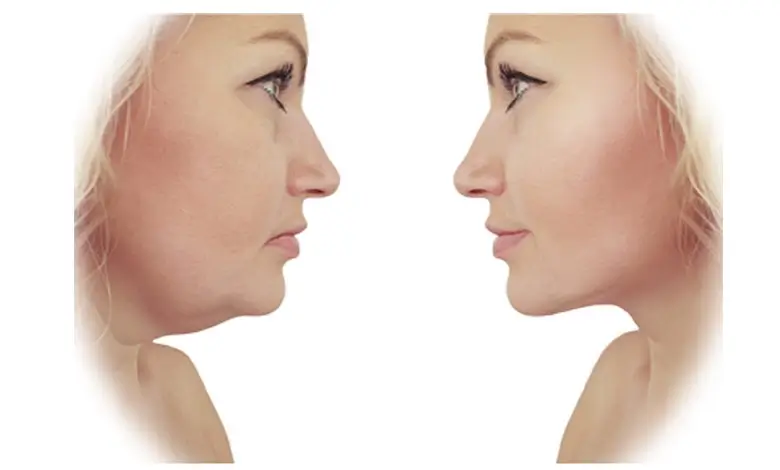
Double chin: causes, remedies and treatments to correct pappagorgia. What is the best treatment to prevent a second chin? In this article; How can I shrink my chin naturally? Which vitamins reduce jowl? What causes double chin? How can I lose chin fat permanently? While learning the answers to their questions, from a moment; double chin exercises, what causes double chin? Let’s learn all the wonders about double chin exercises together…
Double Chin
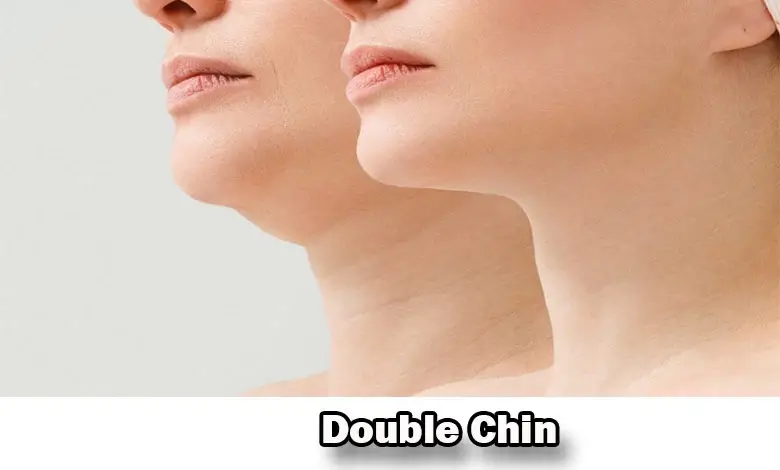
A double chin, more commonly known as pappagorgia, is an accumulation of fat in the under-tongue region. Often associated with weight gain, double chin is not always necessarily linked to a state of overweight and obesity. In fact, genetics, poor posture and ageing can play a decisive role in the development of double chin.
This condition occurs due to the failure of the platysma muscle, i.e. the muscular structure located on the side of the neck. Once the causes of the double chin have been assessed, it is possible to intervene either by undergoing specific cosmetic surgery treatments or by performing regular facial exercises or, more simply, by resorting to natural or pharmacological creams and remedies.
What is a double chin: meaning and definition
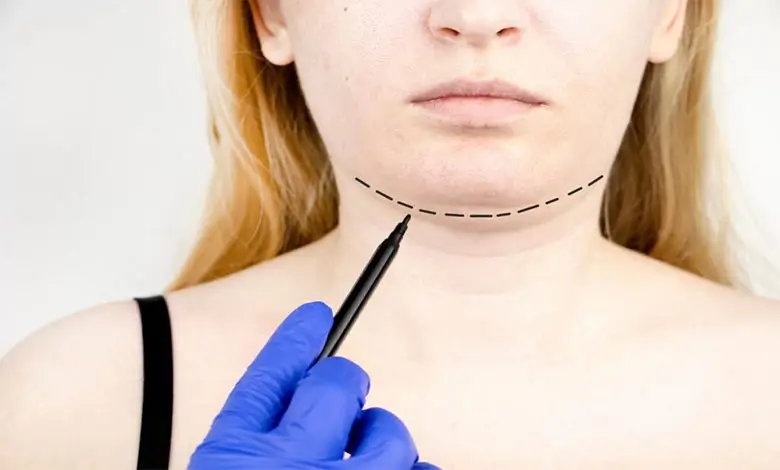
A double chin or pappagorgia is an excess of soft tissue located between the neck and chin. The excess tissues that form the pappagorgia are often adipose, although it may simply be excess skin related to sagging tissues, which occurs due to the natural ageing process.
The excess skin, which goes to form the double chin, has a concentric shape at the height of the neck, which from a purely aesthetic point of view can create discomfort. The term pappagorgia etymologically means the collection of soft tissues under the chin, precisely the double chin.
This condition can be mild or more pronounced, so much so that surgery is required because when the double chin is very noticeable it can resist even aesthetic medicine treatments.
This condition can be distinguished into three different stages:
- Mild: occurs when the excess skin is just below the chin.
- Medium: in this case the excess skin grazes the suprahyoid region, i.e. the part of the neck.
- Advanced: this is a severe condition of pappagorgia, in which the skin covers the suprahyoid region.
The causes of double chin
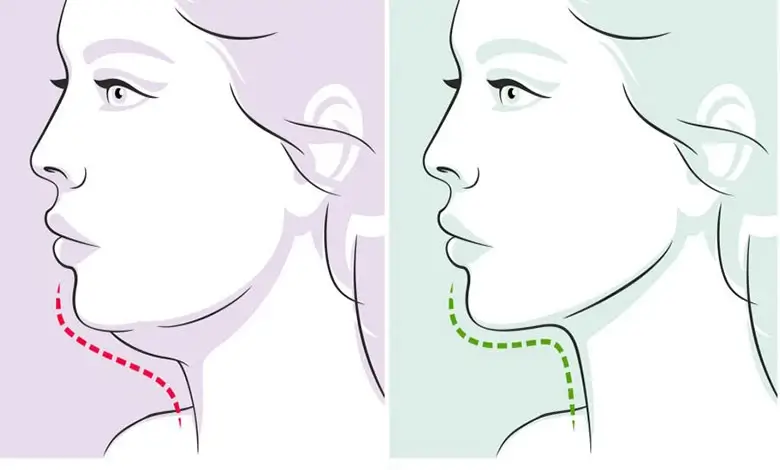
The causes can be many. We often tend to attribute this condition to obesity, but it is not just that, as double chin can occur due to sagging tissues caused by skin ageing.
In addition, it has been shown that the use of tablets and smartphones, which lead us to adopt an incorrect posture, can also cause double chin.
Among the main causes of double chin are:
- Age: the skin can begin to lose its elasticity as we age, which can make the skin soft and flabby, all of which can contribute to the appearance of pappagorgia.
- Diet and weight: Although weight gain is not always the cause of a double chin, it can contribute to it. Consumption of processed foods and ‘bad’ fats can contribute to weight gain and, consequently, to a double chin.
- Genetics: genes may play a role in the development of double chin. Anyone with a family history of poor skin elasticity or a double chin may be more likely to develop the condition.
- Posture: poor posture can weaken the neck and chin muscles. This, in turn, can contribute to the appearance of pappagorgia over time, as the surrounding skin loses its elasticity when the muscles are not used.
Diagnosis of parthagorgia
Pappagorgia is diagnosed by an aesthetic doctor or even a dermatologist. How? Specialists analyse the under-button region to check the state of the adipose tissue and the elasticity of the epidermis, which tends to sag in this region of the body.
It is the dermatologist or aesthetic doctor who indicates the best treatment to be carried out according to the severity of the double chin.
How to correct a double chin without surgery
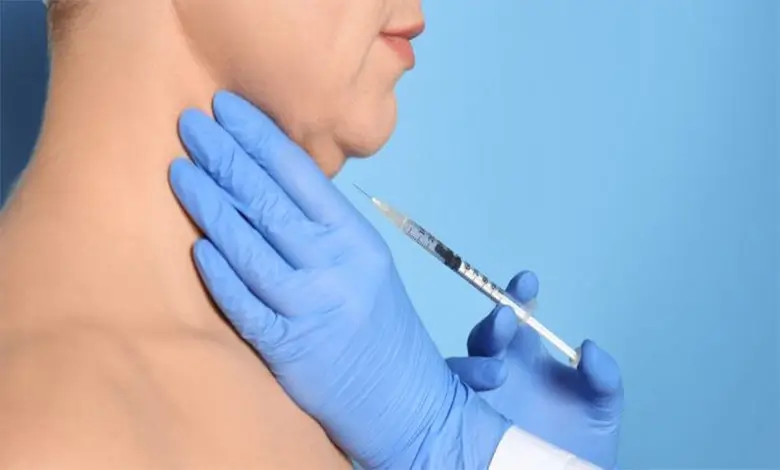
It is possible to resort to cosmetic surgery treatments but also to intervene in a less invasive way, using creams, natural remedies and performing simple facial gymnastics exercises.
Eliminate a double chin without surgery
In this case, there are several possibilities such as:
- Facial gymnastics.
- Face creams and masks.
- Laser and ultrasound.
- Natural and pharmacological remedies.
1 – Facial gymnastics
There is no scientific evidence that chin-specific facial exercises work to get rid of chin pain. But there are some very popular exercises that mobilise the neck and jaw muscles. They also promote circulation and, consequently, improve skin elasticity.
These include:
Mewing
It is a technique originated by orthodontist Mike Mew, who started to spread this type of gymnastics on his YouTube channel.
How is it performed? Simply flatten the tongue against the palate as much as possible, keeping the lips together and the dental arches ajar. This exercise will redefine the jaw and jaw muscles and, as a result, improve the appearance of the double chin.
Kissing exercise
This exercise mimics kissing and is considered effective because it mobilises all the muscles of the neck and jaw. To perform it, start from a standing position with your arms and shoulders loose and relaxed.
Tilt your head back to face the ceiling. Pucker your lips as if you were kissing the sky, extending them as far away from your face as possible. Hold this position for 5-20 seconds and then relax.
2 – Face creams and masks
In the case of a slight double chin, in addition to facial exercises, face creams and masks can be used, provided they contain ingredients with toning properties.
There are many face masks on the market that can help tighten the skin and reduce the appearance of a double chin.
Masks with glycerine or coffee or green tea can help tone the skin, or you can opt for face creams with hyaluronic acid, vitamin C and antioxidants that improve skin firmness. Or creams with glycolic acid that regenerate the collagen fibres responsible for toning the epidermis.
3 – Laser and ultrasound
One can also operate on the double chin through microfocalised ultrasound sessions. This is a kind of non-surgical and, consequently, less invasive facelift, through which the face, neck and décolleté are treated.
The treatment involves a single session lasting about 60 minutes, and the use of a probe that treats the patient’s skin with microfocalised ultrasound, making it more elastic and toned, and improving the appearance of the double chin.
Another aesthetic medicine technique is laserlipolysis, a less invasive alternative to liposuction. This technique uses the heat of the laser to attack fat accumulations, melting them and then recompacting the epidermis.
4 – Natural and pharmacological remedies
Natural remedies for double chin include creams, oils and serums, which should be applied by insisting on the double chin area with gentle massages. These include:
- Vitamin E serum to keep the skin elastic and toned.
- Creams with collagen, because this protein is naturally present in our organism. But after the age of 30, production drops and needs to be stimulated.
- Wheat germ oil, rich in vitamin E and antioxidants, goes against skin ageing.
For those seeking pharmacological remedies, on the other hand, there is deoxycholic acid, also known as bile acid, because it is produced by the liver in the process of metabolising lipids. Consequently, it promotes fat absorption.
Deoxycholic acid is widely used in aesthetic medicine, for instance in mesotherapy treatment to eliminate localised fat deposits. Precisely because of its efficacy in fat absorption, it is also used in the treatment of fat deposits in the chin area, to treat patients with pappagorgia.
Eliminating the double chin with cosmetic surgery
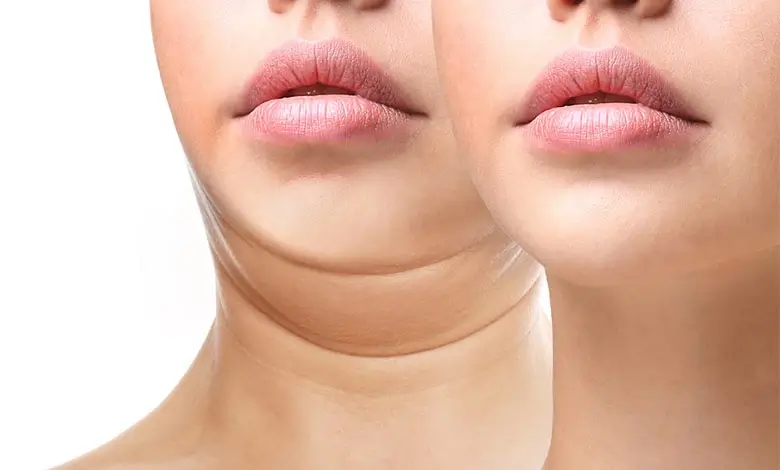
In the case of a very pronounced double chin, cosmetic surgery is used, which offers two treatments:
- Liposuction.
- Mentoplasty.
Liposuction
Liposuction of the double chin is an operation required and performed when the accumulation of fat in the under chin area is very evident. As it is a real operation, it is performed on an outpatient basis, but the patient is discharged a few hours after the procedure.
Before proceeding, there is an initial examination phase during which the surgeon talks with the patient, clarifying doubts and perplexities about the operation. The doctor’s task is also to assess the patient’s state of health in order to avoid any risks and complications.
During the examination, the professional will also assess the amount and state of fat accumulation in the chin-neck area and the degree of elasticity of the skin; finally, all routine analyses and an ECG to be done before the operation will be prescribed.
What to do before surgery
Before liposuction it is necessary to stop taking:
- Oral contraceptives.
- Anti-inflammatory drugs and those containing acetylsalicylic acid, as they thin the blood and can cause bleeding.
- Cigarette smoking as it may slow down the post-operative healing process.
Neck liposuction surgery: how does it work?
As mentioned above, the operation is performed on an outpatient basis, specifically day-hospital, so the patient is discharged a few hours after the operation. After local anaesthesia, the surgeon aspirates the fat accumulated in the chin and throat area, which has led to the formation of the unsightly double chin.
The operation is performed with metal microcannulas of about 2-5 mm, which are connected to a pump that sucks up the fat via a tube. After that, the skin is stretched to close the chin with a few stitches.
After the operation, the patient will have bandages for any bruising, the latter being due to the fact that this operation involves the rupture of blood vessels.
The dressings are removed after a few days, and the stitches after about 7 days. After discharge, antibiotic, pain-relief and antithromboembolic therapy must be followed.
Post-operation and possible complications
The post-operative period does not involve many problems, apart from slight swelling and oedema in the treated area. The patient can resume normal activities within 2-4 weeks after the operation, the only caution being to avoid exposure to the sun for about 2 months.
As far as possible complications are concerned, we point out:
- Infection.
- Skin sensitivity.
- Haemorrhage.
- Skin asymmetries.
- Venous thrombosis.
- Fat embolism.
Double chin: mentoplasty
Mentoplasty is another surgical procedure to reshape the shape of the chin. This type of operation is performed to reconstruct the chin after accidents or due to malformations, but also to improve the appearance of the double chin. In this case, surgery is performed to modify the shape of the face, eliminating the unsightly double chin.
Mentoplasty can be additive or reductive. The former modifies the shape of the chin, to make the oval of the face more harmonious, and is performed by inserting subcutaneous silicone or Gorotex implants, or by injecting subcutaneous substances that serve precisely to model the shape of the chin. On the other hand, the reductive procedure shapes a chin that is too big and wide due to an excess of skin around it, which causes pappagorgia.
The operation, like liposuction, is performed as an outpatient procedure, so the patient is discharged shortly after the operation, which lasts about 2 hours.
Mentoplasty involves small, imperceptible incisions, which are made inside the oral cavity or in the area under the chin. After the operation, swelling and bruising may occur in the area of the cheeks, neck and even around the eyes; some patients have also reported a general feeling of soreness all over the face.
Normal painkillers can be taken to reduce these side effects. The patient will be able to resume all normal activities after about 10 days, and sports activity after about 3 weeks. The final results after mentoplasty begin to be more noticeable and perceptible about 6 months after the operation.
As far as costs are concerned, however, they can vary depending on how the operation is performed, the type of facility, the experience of the surgeon, and also on the city where the operation is performed. In general, the price of a mentoplasty is around €3000-4000.
👉 Melarossa diet for weight gain: what it is, foods to introduce and menu examples
👉 Why hair transplant in Turkey? How much are hair transplant prices in Turkey 2024




